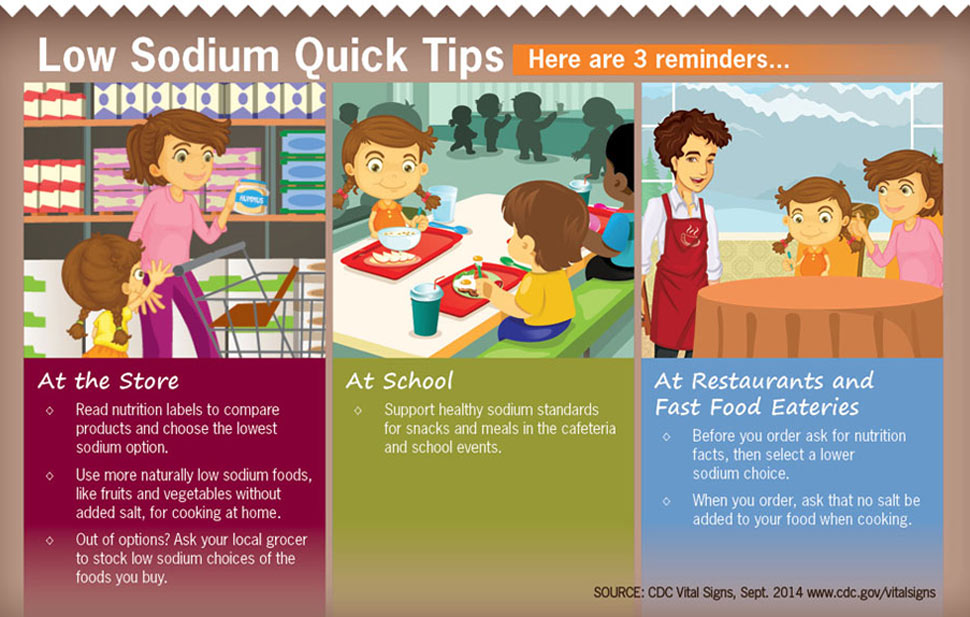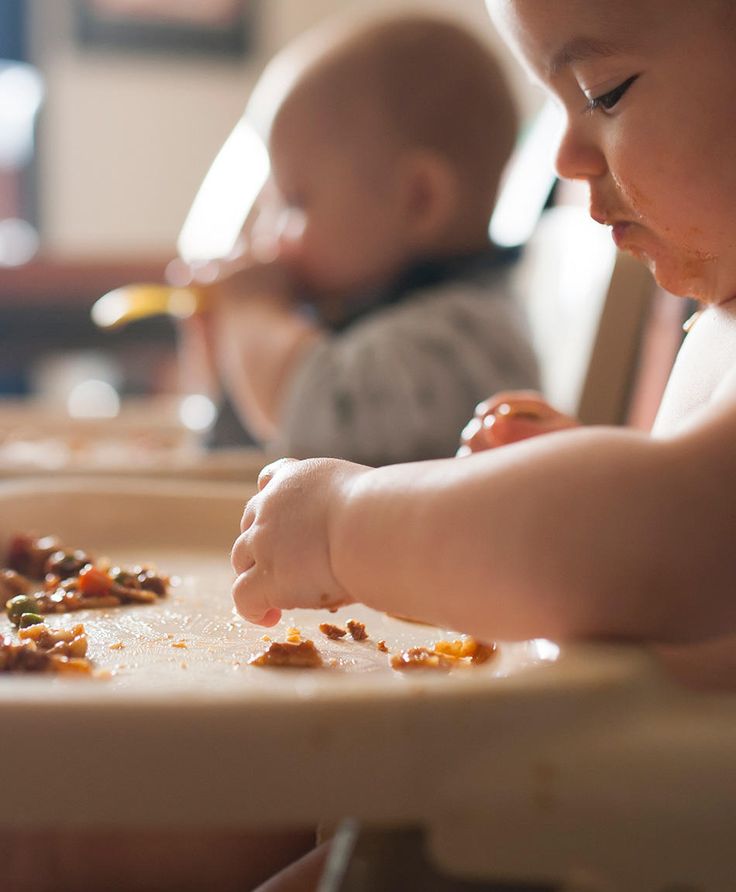Sodium in baby food
How Much Should They Eat?
If you’re a new parent, you may be wondering how much salt is OK to include in your baby’s diet.
While salt is a compound that all humans need in their diets, babies shouldn’t get too much of it because their developing kidneys aren’t yet able to process large amounts of it.
Giving your baby too much salt over time may cause health problems, such as high blood pressure. In extreme and rare cases, a baby that’s had a large amount of salt may even end up in the emergency room.
Too much salt during infancy and childhood may also promote a lifelong preference for salty foods.
This article explains what you need to know about salt and babies, including how much salt is safe, and how to tell whether your baby has had too much salt.
You may add salt to your baby’s food in hopes that it’ll improve the taste and encourage your baby to eat.
If you use a baby-led weaning approach to feeding your baby, you may end up serving your baby foods containing more salt simply because you’re serving them the saltier foods you eat as an adult (1, 2).
However, babies who get too much salt through their diets can run into a few issues.
A baby’s kidneys are still immature, and they aren’t able to filter out excess salt as efficiently as adult kidneys. As a result, a diet that’s too rich in salt may damage a baby’s kidneys. A salt-rich diet may also affect a baby’s long-term health and taste preferences (3, 4).
Babies are born with a natural preference for sweet, salty, and umami-tasting foods (1, 4, 5).
Repeatedly being offered salty foods may reinforce this natural taste preference, possibly causing your child to prefer salty foods over those that are naturally less salty.
Processed foods, which tend to be salty but not typically rich in nutrients, may be preferred over whole foods with naturally lower salt contents, such as vegetables (4, 6, 7, 8, 9).
Finally, salt-rich diets may cause your baby’s blood pressure to rise. Research suggests that the blood-pressure-raising effect of salt may be stronger in babies than it is in adults (3).
As a result, babies fed a salt-rich diet tend to have higher blood pressure levels during childhood and adolescence, which may increase their risk of heart disease later in life (10, 11).
In extreme cases, very high intakes of salt can require emergency medical care, and in some cases, even lead to death. However, this is rare and usually results from a baby accidentally eating a quantity of salt much larger than parents would normally add to foods (12).
SummaryToo much salt can damage a baby’s kidneys, increase their blood pressure, and possibly raise their risk of heart disease later in life. A salt-rich diet may also cause your child to develop a lasting preference for salty foods.
Sodium, the main component in table salt, is an essential nutrient. Everyone, including babies, need small amounts of it to function properly.
Young babies under 6 months of age meet their daily sodium requirements from breast milk and formula alone.
Those 7–12-months-old are able to meet their needs from breastmilk or formula and the small amounts of sodium naturally present in unprocessed complementary foods.
As such, experts recommend that you don’t add salt to your baby’s food during their first 12 months (2, 4, 5).
Having an occasional meal with salt added is OK. You may sometimes feed your baby some packaged or processed foods with salt added or let them try a meal from your plate. That said, overall, try not to add salt to the foods you prepare for your baby.
After 1 year of age, recommendations vary slightly. For instance, the European Food Safety Authority (EFSA) considers 1,100 mg of sodium per day — about half a teaspoon (2.8 grams) of table salt — safe and adequate for children of 1–3 years (13).
In the United States, recommendations for the same age group average 800 mg of sodium per day. That’s about 0.4 teaspoons (2 grams) of table salt per day (14).
SummaryBabies under 12 months should not get any additional salt through their diet.
Intakes between 0.4–0.5 teaspoons of salt appear safe in children up to 4 years old.
If your baby eats a meal that’s too salty, they may seem thirstier than usual. Typically, you won’t notice the effects of a high salt diet immediately, but rather over time.
In extremely rare cases, a baby that’s eaten too much salt can develop hypernatremia — a condition in which there’s too much sodium circulating in the blood.
If left untreated, hypernatremia can cause babies to progress from feeling irritable and agitated to drowsy, lethargic, and eventually unresponsive after some time. In severe cases, hypernatremia can result in coma and even death (15).
Milder forms of hypernatremia can be more difficult to spot in babies. Signs that your baby may have a mild form of hypernatremia include extreme thirst and a doughy or velvety texture to the skin.
Very young babies may start crying in a high pitched fashion if they’ve accidentally eaten too much salt.
If you think that your baby may have gotten into too much salt or is beginning to show signs of hypernatremia, call your pediatrician.
SummaryIf a baby has a salty meal occasionally, you may notice they are thirsty. In extremely rare cases, babies who have ingested large amounts of salt may develop hypernatremia and require medical attention.
As a parent, you can limit the amount of salt your baby eats in several ways.
Most baby food purées may contain small amounts of naturally occurring sodium from the foods they are made with but very little, if any, added salt. If your baby is currently eating them exclusively, they’re unlikely to ingest too much salt.
If you make your own baby food, skip adding salt, choose fresh foods, and check labels on frozen or canned vegetables and fruits to find lower sodium options.
Also, remember to rinse canned foods, such as beans, lentils, peas, and vegetables, before adding them to purées or meals. Doing so helps reduce their sodium content (16).
Doing so helps reduce their sodium content (16).
If you’re doing baby-led weaning, you can set aside a portion of meals for baby before adding salt or make family meals with spices and herbs instead of salt.
Check the sodium content of foods you frequently buy, such as bread, cereal, and sauces. Lower sodium versions are available for most packaged foods, and comparing labels can help you find a brand with less salt added.
Frozen meals, as well as takeout or restaurant foods, are generally higher in salt. Occasionally, it’s fine for baby to have these meals, but when dining out, a lower salt alternative would be to bring a few foods from home for your baby.
SummaryYou can minimize the amount of sodium your baby eats by offering them foods without added salt. Replacing pantry foods like bread and sauces with low sodium alternatives can also help.
Babies need small amounts of salt in their diet. However, their bodies can’t handle large amounts. Babies fed too much salt may be at risk of kidney damage, high blood pressure, and possibly even an increased risk of heart disease.
Babies fed too much salt may be at risk of kidney damage, high blood pressure, and possibly even an increased risk of heart disease.
Moreover, a salt-rich diet may cause babies to develop a lifelong preference for salty foods, in turn, possibly lowering the overall quality of their diet.
Try not to add salt to your baby’s foods when they are under 12 months. After 1 year, you can include a small amount of salt in your child’s diet.
Just one thing
When cooking a family-style meal, get into the habit of adding salt near the end of cooking. This way, you can reserve a no-salt-added portion for your baby.
How Much Should They Eat?
If you’re a new parent, you may be wondering how much salt is OK to include in your baby’s diet.
While salt is a compound that all humans need in their diets, babies shouldn’t get too much of it because their developing kidneys aren’t yet able to process large amounts of it.
Giving your baby too much salt over time may cause health problems, such as high blood pressure.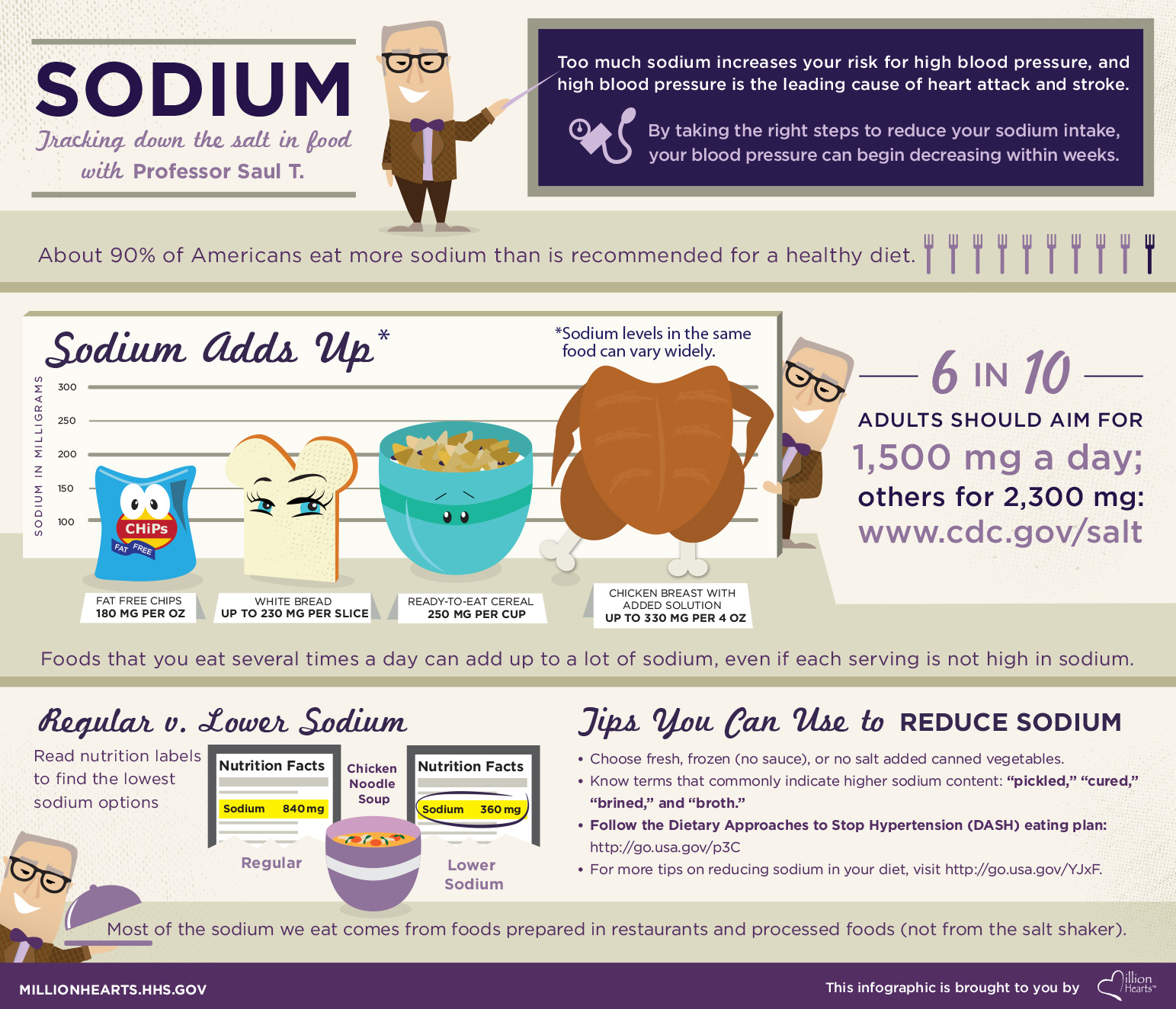 In extreme and rare cases, a baby that’s had a large amount of salt may even end up in the emergency room.
In extreme and rare cases, a baby that’s had a large amount of salt may even end up in the emergency room.
Too much salt during infancy and childhood may also promote a lifelong preference for salty foods.
This article explains what you need to know about salt and babies, including how much salt is safe, and how to tell whether your baby has had too much salt.
You may add salt to your baby’s food in hopes that it’ll improve the taste and encourage your baby to eat.
If you use a baby-led weaning approach to feeding your baby, you may end up serving your baby foods containing more salt simply because you’re serving them the saltier foods you eat as an adult (1, 2).
However, babies who get too much salt through their diets can run into a few issues.
A baby’s kidneys are still immature, and they aren’t able to filter out excess salt as efficiently as adult kidneys. As a result, a diet that’s too rich in salt may damage a baby’s kidneys. A salt-rich diet may also affect a baby’s long-term health and taste preferences (3, 4).
Babies are born with a natural preference for sweet, salty, and umami-tasting foods (1, 4, 5).
Repeatedly being offered salty foods may reinforce this natural taste preference, possibly causing your child to prefer salty foods over those that are naturally less salty.
Processed foods, which tend to be salty but not typically rich in nutrients, may be preferred over whole foods with naturally lower salt contents, such as vegetables (4, 6, 7, 8, 9).
Finally, salt-rich diets may cause your baby’s blood pressure to rise. Research suggests that the blood-pressure-raising effect of salt may be stronger in babies than it is in adults (3).
As a result, babies fed a salt-rich diet tend to have higher blood pressure levels during childhood and adolescence, which may increase their risk of heart disease later in life (10, 11).
In extreme cases, very high intakes of salt can require emergency medical care, and in some cases, even lead to death. However, this is rare and usually results from a baby accidentally eating a quantity of salt much larger than parents would normally add to foods (12).
SummaryToo much salt can damage a baby’s kidneys, increase their blood pressure, and possibly raise their risk of heart disease later in life. A salt-rich diet may also cause your child to develop a lasting preference for salty foods.
Sodium, the main component in table salt, is an essential nutrient. Everyone, including babies, need small amounts of it to function properly.
Young babies under 6 months of age meet their daily sodium requirements from breast milk and formula alone.
Those 7–12-months-old are able to meet their needs from breastmilk or formula and the small amounts of sodium naturally present in unprocessed complementary foods.
As such, experts recommend that you don’t add salt to your baby’s food during their first 12 months (2, 4, 5).
Having an occasional meal with salt added is OK. You may sometimes feed your baby some packaged or processed foods with salt added or let them try a meal from your plate. That said, overall, try not to add salt to the foods you prepare for your baby.
That said, overall, try not to add salt to the foods you prepare for your baby.
After 1 year of age, recommendations vary slightly. For instance, the European Food Safety Authority (EFSA) considers 1,100 mg of sodium per day — about half a teaspoon (2.8 grams) of table salt — safe and adequate for children of 1–3 years (13).
In the United States, recommendations for the same age group average 800 mg of sodium per day. That’s about 0.4 teaspoons (2 grams) of table salt per day (14).
SummaryBabies under 12 months should not get any additional salt through their diet. Intakes between 0.4–0.5 teaspoons of salt appear safe in children up to 4 years old.
If your baby eats a meal that’s too salty, they may seem thirstier than usual. Typically, you won’t notice the effects of a high salt diet immediately, but rather over time.
In extremely rare cases, a baby that’s eaten too much salt can develop hypernatremia — a condition in which there’s too much sodium circulating in the blood.
If left untreated, hypernatremia can cause babies to progress from feeling irritable and agitated to drowsy, lethargic, and eventually unresponsive after some time. In severe cases, hypernatremia can result in coma and even death (15).
Milder forms of hypernatremia can be more difficult to spot in babies. Signs that your baby may have a mild form of hypernatremia include extreme thirst and a doughy or velvety texture to the skin.
Very young babies may start crying in a high pitched fashion if they’ve accidentally eaten too much salt.
If you think that your baby may have gotten into too much salt or is beginning to show signs of hypernatremia, call your pediatrician.
SummaryIf a baby has a salty meal occasionally, you may notice they are thirsty. In extremely rare cases, babies who have ingested large amounts of salt may develop hypernatremia and require medical attention.
As a parent, you can limit the amount of salt your baby eats in several ways.
Most baby food purées may contain small amounts of naturally occurring sodium from the foods they are made with but very little, if any, added salt. If your baby is currently eating them exclusively, they’re unlikely to ingest too much salt.
If you make your own baby food, skip adding salt, choose fresh foods, and check labels on frozen or canned vegetables and fruits to find lower sodium options.
Also, remember to rinse canned foods, such as beans, lentils, peas, and vegetables, before adding them to purées or meals. Doing so helps reduce their sodium content (16).
If you’re doing baby-led weaning, you can set aside a portion of meals for baby before adding salt or make family meals with spices and herbs instead of salt.
Check the sodium content of foods you frequently buy, such as bread, cereal, and sauces. Lower sodium versions are available for most packaged foods, and comparing labels can help you find a brand with less salt added.
Frozen meals, as well as takeout or restaurant foods, are generally higher in salt. Occasionally, it’s fine for baby to have these meals, but when dining out, a lower salt alternative would be to bring a few foods from home for your baby.
Occasionally, it’s fine for baby to have these meals, but when dining out, a lower salt alternative would be to bring a few foods from home for your baby.
SummaryYou can minimize the amount of sodium your baby eats by offering them foods without added salt. Replacing pantry foods like bread and sauces with low sodium alternatives can also help.
Babies need small amounts of salt in their diet. However, their bodies can’t handle large amounts. Babies fed too much salt may be at risk of kidney damage, high blood pressure, and possibly even an increased risk of heart disease.
Moreover, a salt-rich diet may cause babies to develop a lifelong preference for salty foods, in turn, possibly lowering the overall quality of their diet.
Try not to add salt to your baby’s foods when they are under 12 months. After 1 year, you can include a small amount of salt in your child’s diet.
Just one thing
When cooking a family-style meal, get into the habit of adding salt near the end of cooking. This way, you can reserve a no-salt-added portion for your baby.
This way, you can reserve a no-salt-added portion for your baby.
Manufacturers have warned of a possible increase in prices for baby food - Agroinvestor
The baby food industry is not experiencing problems associated with a high level of counterfeiting A. GordeevThe business proposes to exclude products for children from the labeling experiment for canned meats, vegetables and fruits. This follows from a letter from the association of manufacturers "Rusbrand" (includes Nestle, Danone, etc.) to the Ministry of Economic Development, which Izvestia has read. The letter notes that for foreign products, the developer offered more expensive technical solutions, which threatens with a shortage of goods on the shelf and an increase in prices "by at least 10%". nine0003
The level of imports in this segment is 25-30%, Rusbrand estimates. Also, the association does not understand what problem labeling will solve, because there are no known cases of counterfeiting in the industry recorded by regulators: the industry has established state control over the production, distribution and sale of baby food, increased requirements are imposed on raw materials and materials, and the finished product is packaged in sealed packaging, which undergoes sterilization.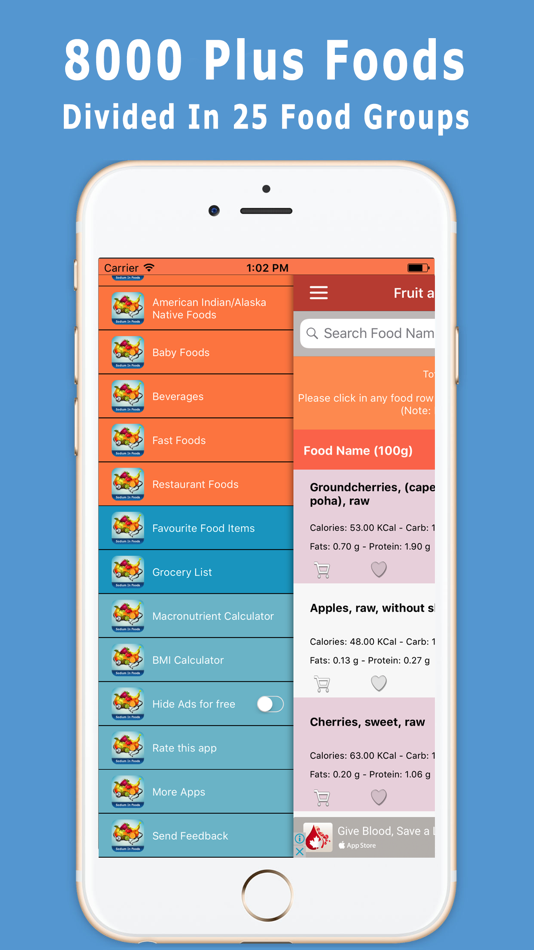
The Ministry of Industry and Trade proposes to conduct an experiment on labeling canned food for children from vegetables and meat, as well as jams, jellies and nut butters from May 1, 2022 to February 28, 2023. The draft government decree on the experiment was prepared on behalf of the president. An objective assessment of the costs of introducing marking is possible only during the experiment; support measures have been developed for the companies participating in it, including soft loans for the purchase of marking equipment, says a representative of the department. nine0003
Chairman of the Board of the Dairy Union of Russia Lyudmila Manitskaya told Agroinvestor that baby food is not getting more expensive because of labeling. “Prices in this segment will increase for the same reason as for other products: the cost of all components of production is growing. We are talking about fuel, electricity, imported components and so on. In addition, inflation is rising, and the ruble is weakening, ”commented Manitskaya. According to her, falsified products are periodically found in the baby food segment. “Full-fledged labeling for baby food has not yet been introduced, so we do not yet understand how it will work and how it will protect the buyer,” added Manitskaya. nine0003
According to her, falsified products are periodically found in the baby food segment. “Full-fledged labeling for baby food has not yet been introduced, so we do not yet understand how it will work and how it will protect the buyer,” added Manitskaya. nine0003
Dmitry Leonov, Deputy Chairman of the Board of Rusprodsoyuz, is sure that labeling will invariably lead to an increase in prices on the shelf. According to the most modest forecasts, the growth per unit of goods will be from 10%, he believes. “In a situation of rising prices for all components of the cost of production - raw materials, logistics, packaging - and the ongoing trend of falling incomes of the population, the introduction of an additional financial burden on both business and consumers is unacceptable. According to dairy producers, where labeling has already been introduced, it has become one of the most expensive regulatory measures in the history of the sector,” Leonov told Agroinvestor. nine0003
In his opinion, the introduction of mandatory labeling for certain categories must be approached "extremely balanced and cautious. " It is worth starting with independent research of the counterfeit market in these categories and discussion with the business community of all the risks and expediency of labeling. The total introduction of labeling without objective indicators of a high level of counterfeiting in a category is fraught with a significant increase in prices for many groups of goods, Leonov warns.
" It is worth starting with independent research of the counterfeit market in these categories and discussion with the business community of all the risks and expediency of labeling. The total introduction of labeling without objective indicators of a high level of counterfeiting in a category is fraught with a significant increase in prices for many groups of goods, Leonov warns.
The baby food industry is not experiencing problems with high levels of counterfeiting, he continues, adding that these may be isolated cases. This is due to rather strict state control over the production and sale of baby food at all levels "from the field / farm to the counter." “Increased requirements are imposed on raw materials, equipment and materials that are used for the preparation of children's preservation. In addition, products for children do not go through a simplified procedure for declaring safety, but a strict certification system,” Leonov emphasizes. nine0003
CRPT specialists are confident that information about the impact of labeling on the cost of baby food "does not correspond to reality and is not supported by calculations. " “Having looked at the price dynamics in those industries for which labeling has already become mandatory, we can make an unambiguous conclusion that in none of the industries, labeling has led to price increases that buyers could notice,” said Revaz Yusupov, Deputy General Director of the Advanced Technologies Development Center. (quote from the center). “We are convinced that in this industry, too, all these apocalyptic forecasts will remain nothing more than forecasts.” nine0003
" “Having looked at the price dynamics in those industries for which labeling has already become mandatory, we can make an unambiguous conclusion that in none of the industries, labeling has led to price increases that buyers could notice,” said Revaz Yusupov, Deputy General Director of the Advanced Technologies Development Center. (quote from the center). “We are convinced that in this industry, too, all these apocalyptic forecasts will remain nothing more than forecasts.” nine0003
How to choose sausages for children under three years of age
When choosing sausages and other meat products for children under three years of age, experts advise carefully reading the composition of the product.
Many sausage products contain a food additive - sodium nitrite E 250, which gives the product a pleasant pink color and aroma.
“You need to know that sodium nitrite is prohibited for use in products for children under three years old,” Professor, Doctor of Biological Sciences Olga Pruntova, chief expert of the Information and Analytical Center of the Federal Center for Animal Health subordinated to Rosselkhoznadzor, told Veterinary and Life.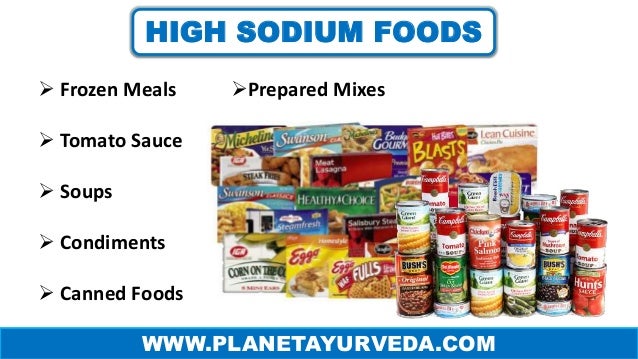 (FSBI "ARRIAH"). nine0004
(FSBI "ARRIAH"). nine0004
“Manufacturers who make sausages and sausages for small children have this product in gray because it does not contain sodium nitrite,” veterinarian Alexandra Shishkina told ViZh.
For older children and adults, the food additive sodium nitrite does not pose a danger and is permitted by the Technical Regulations of the Customs Union (TR CU 029/2012). However, the norms for its content in food products have been established - no more than 50 milligrams per 1 kilogram of the product. And if we are talking about baby food (for children over three years old), then no more than 30 mg per 1 kilogram. nine0004
In addition, sodium nitrite performs a useful function - it is E 250 that prevents the reproduction of microorganisms in products, in particular causative agents of botulism.
How much sausage with E 250 will not harm your health
According to the World Health Organization, the allowable daily intake of sodium nitrite for a person is 0. 6 milligrams per kilogram of body weight.
6 milligrams per kilogram of body weight.
“Without harm to health, an adult can eat about a kilogram of sausage a day, which contains E 250,” explains Olga Pruntova. - The calculation is simple: 0.6 milligrams of sodium nitrite per day is allowed per kilogram of body weight. For example, in order to harm health, a person weighing 70 kg must eat 120 kilograms of sausage per day. nine0004
A 5–6 year old child weighing 20 kilograms can eat about 330 grams of sausage per day.
Sodium nitrate does not accumulate in the body. “Sodium nitrite cannot be deposited, like, for example, cholesterol. The human body has a fat "depot", but sodium nitrite is not a fat-soluble substance. And for water-soluble substances, we don’t have a “depot,” says Olga Pruntova.
However, according to the expert, fried sausage or fried bacon can cause harm to health. When products containing E 250 are heated, nitrosamines are formed. According to some scientists, their use causes bowel cancer and other forms of cancer. nine0004
nine0004
Vitamin C helps prevent carcinogenic effects. Products that combine E 250 and ascorbic acid are considered safe by experts. “In addition, the consumption of meat and fish products, along with a large amount of vegetables containing vitamin C, also prevents the carcinogenic effect of nitrosamines,” explains Olga Pruntova.
The expert also warned that it is not worth taking risks by purchasing sausage products from clandestine producers in dubious places of sale, which could be made in violation of technical regulations. nine0004
ViZh Help
Edible sodium nitrite - additive E 250, which is used as a color fixative and preservative mainly in meat and fish products, but can also be added to other types of products. It is the sodium salt of nitrous acid. The chemical formula is NaNO2. The chemical name is sodium nitrite.
Edible sodium nitrite is highly soluble in water, moderately soluble in ethanol, hygroscopic.
Sodium nitrite has antimicrobial and antioxidant properties, prevents the growth of microorganisms in food products, in particular causative agents of botulism.